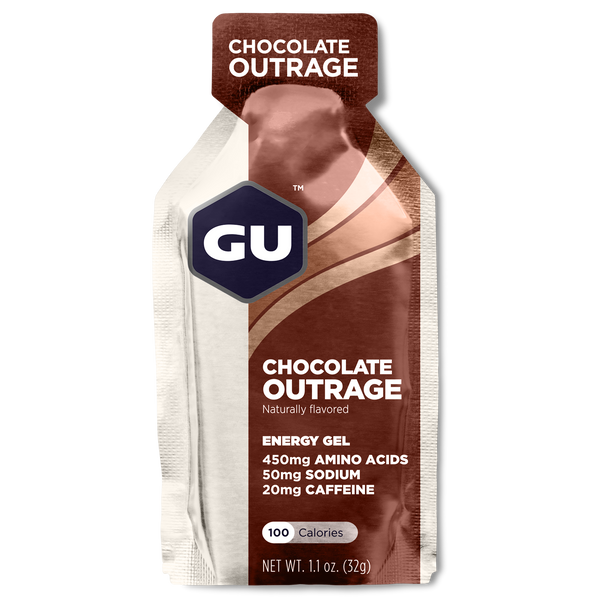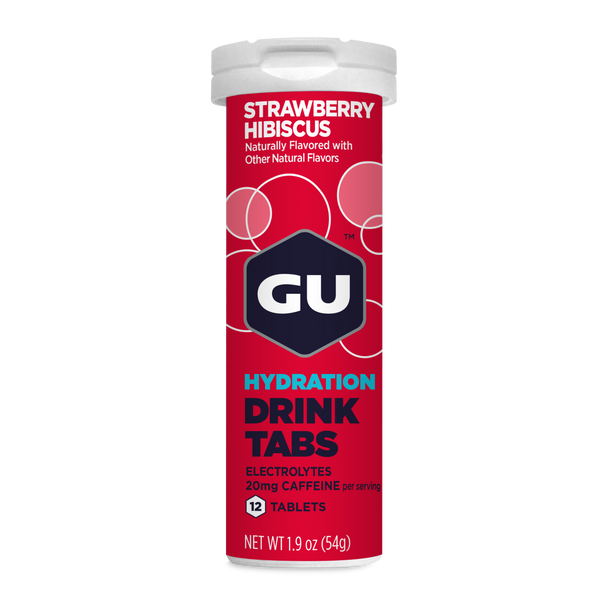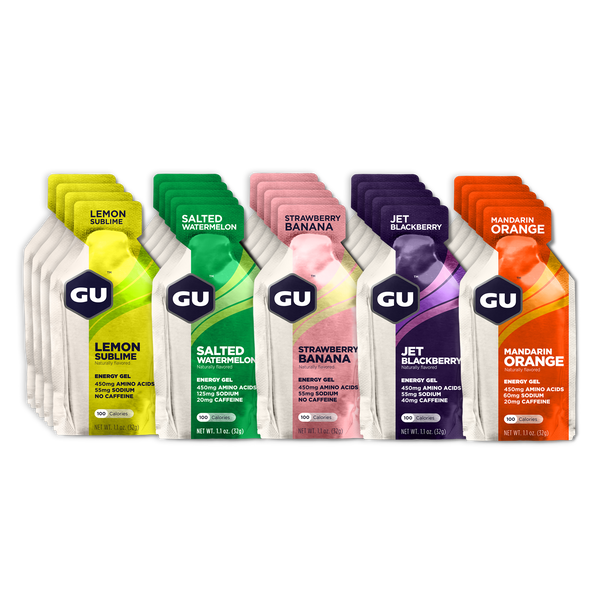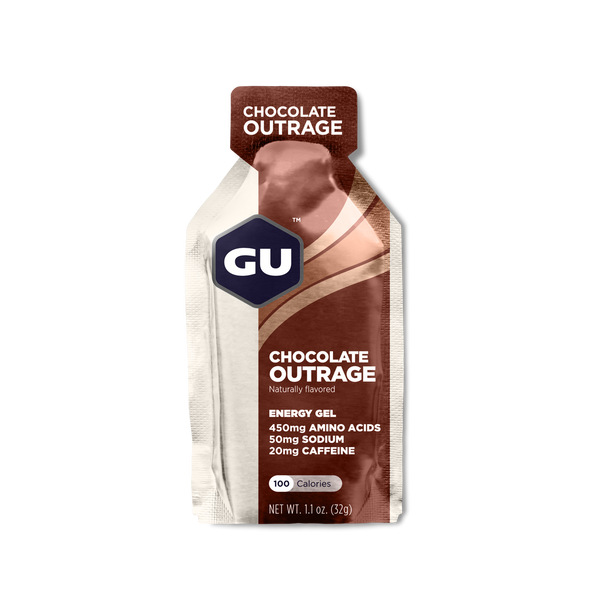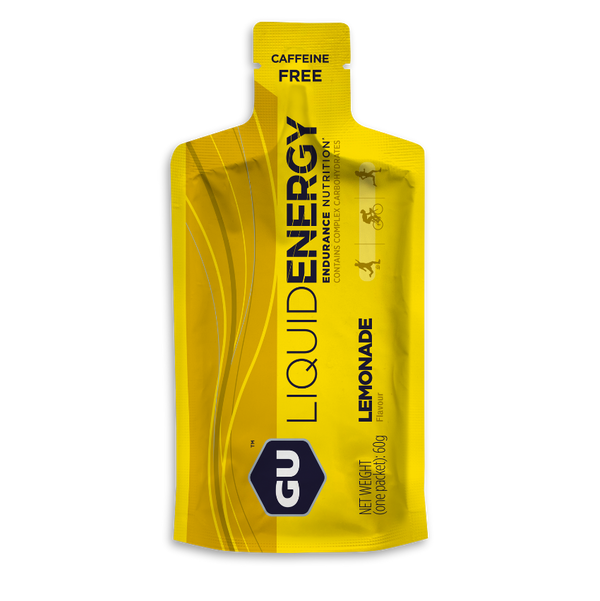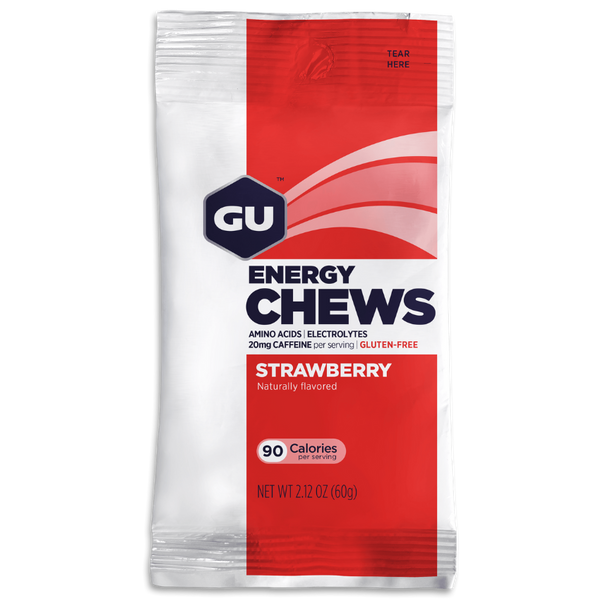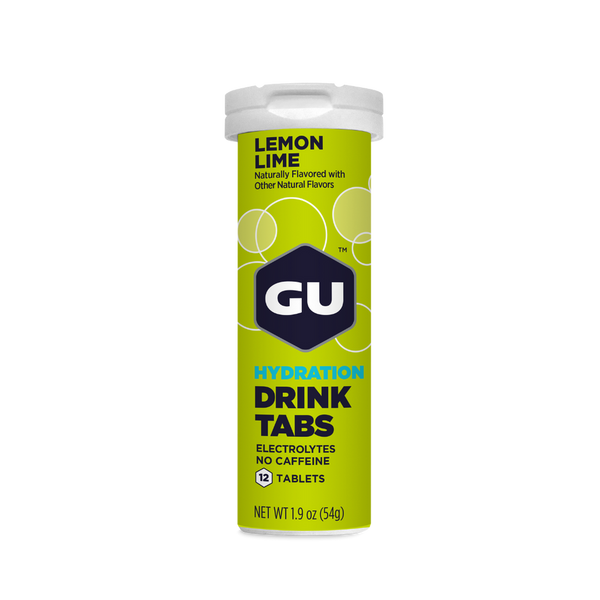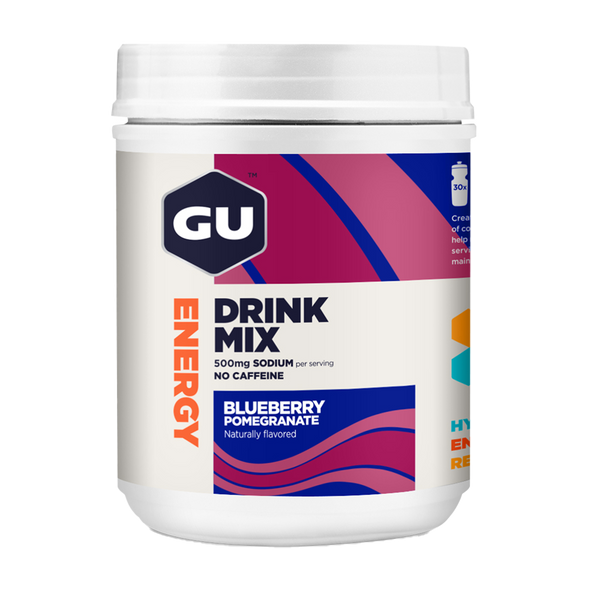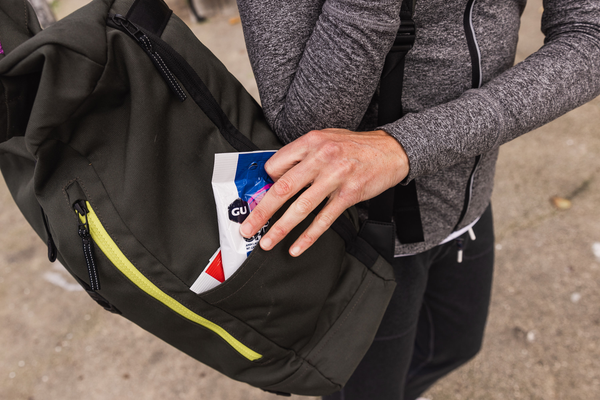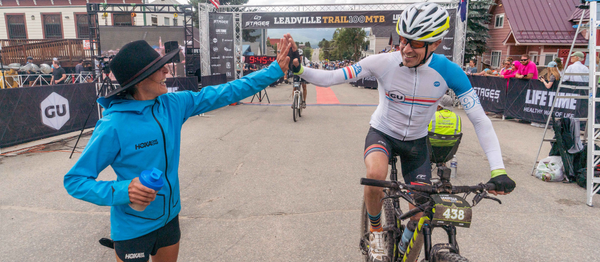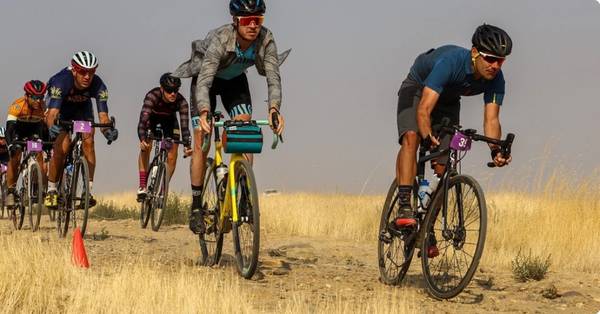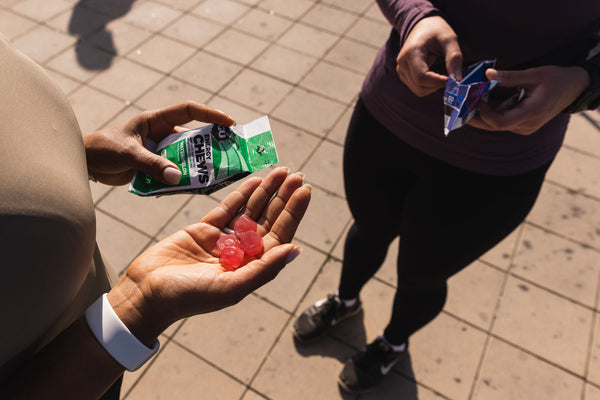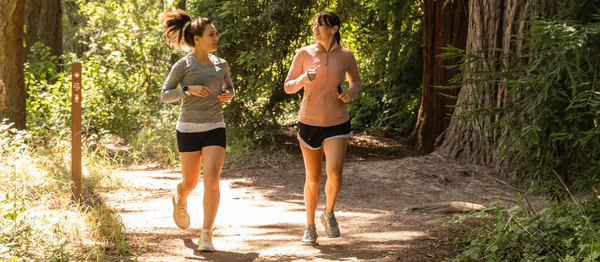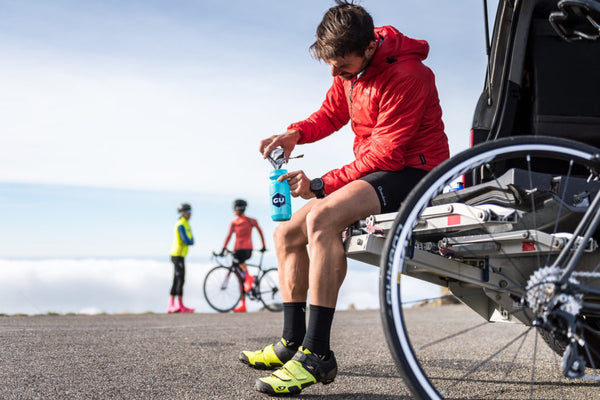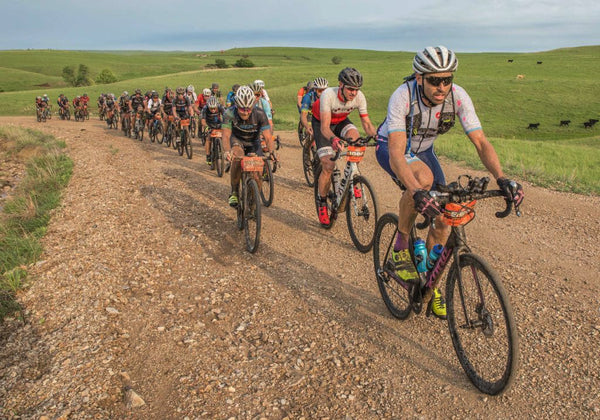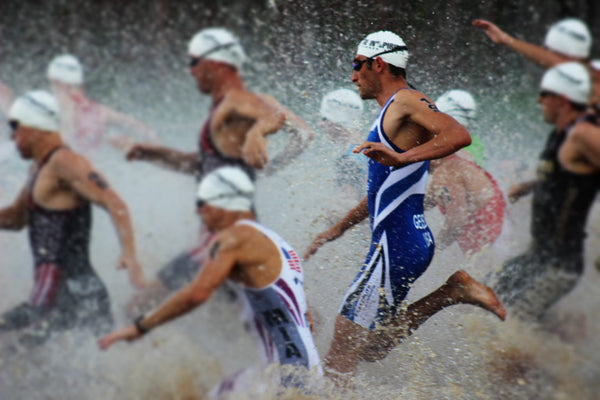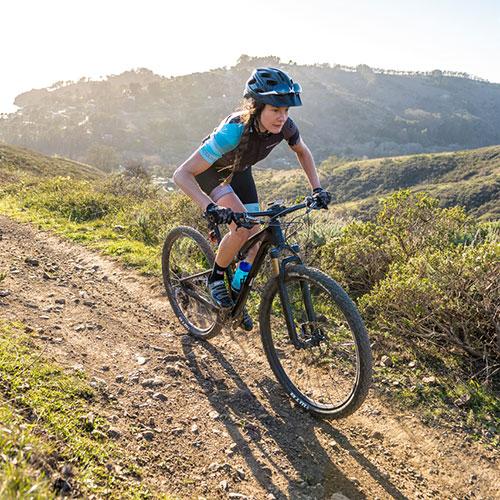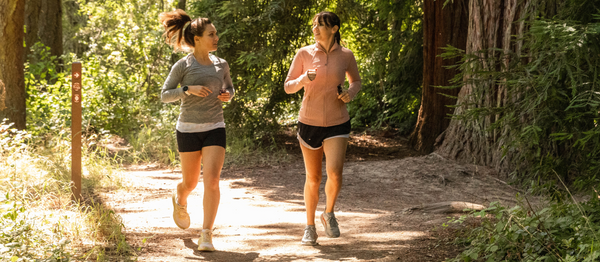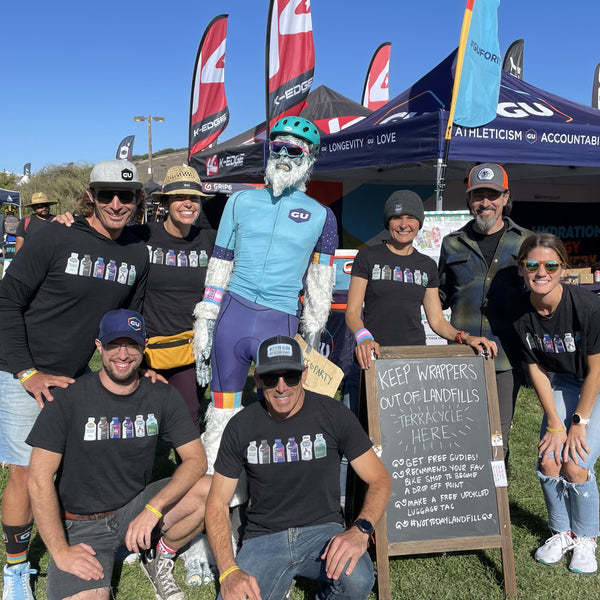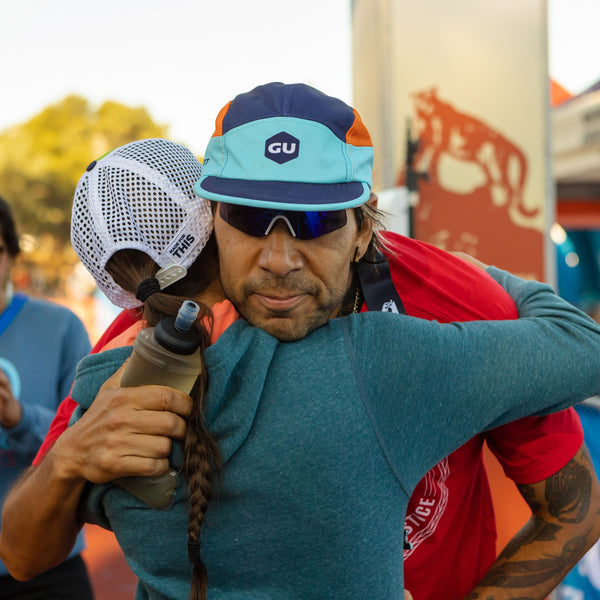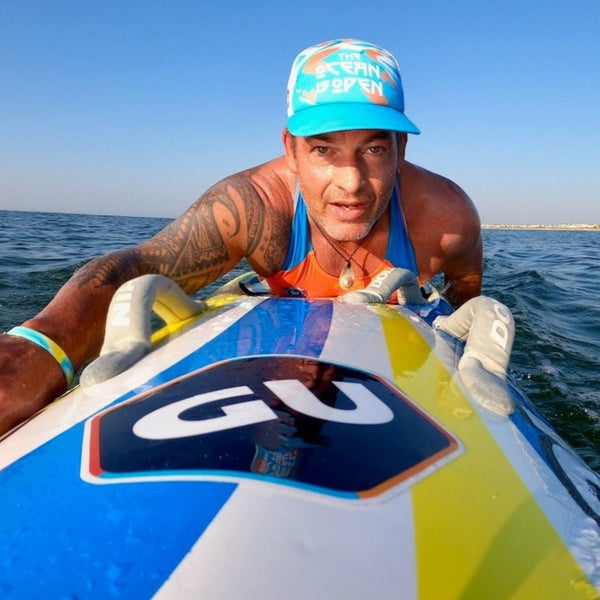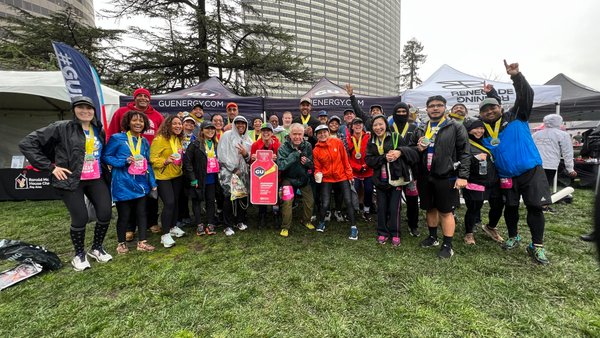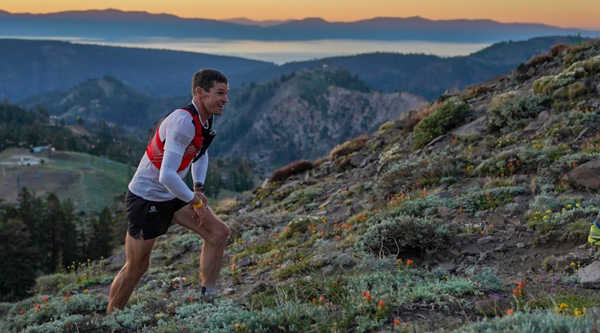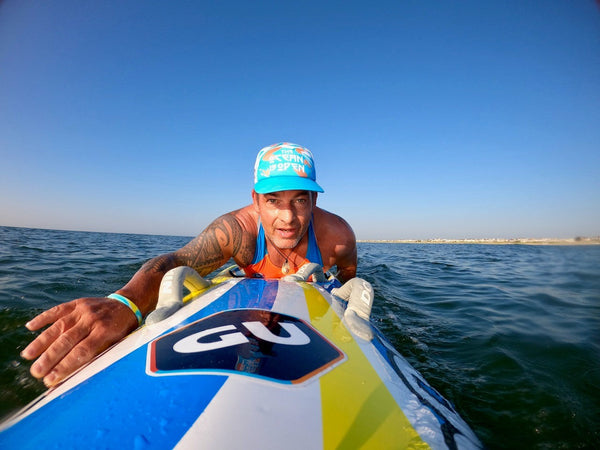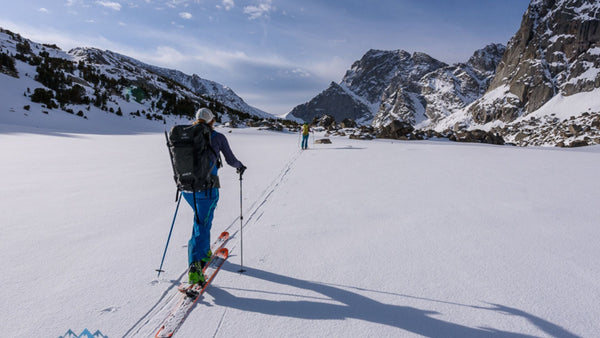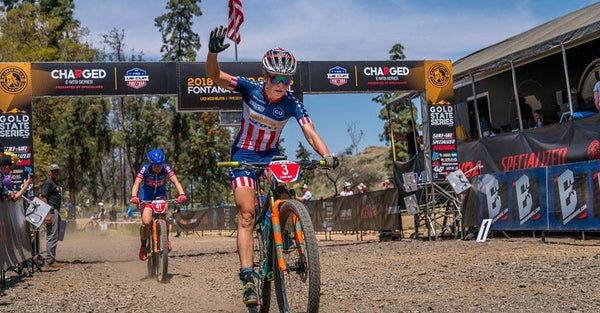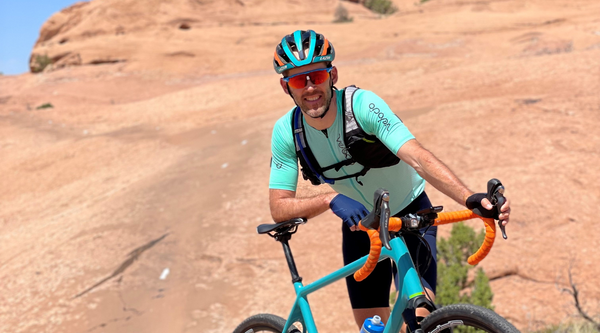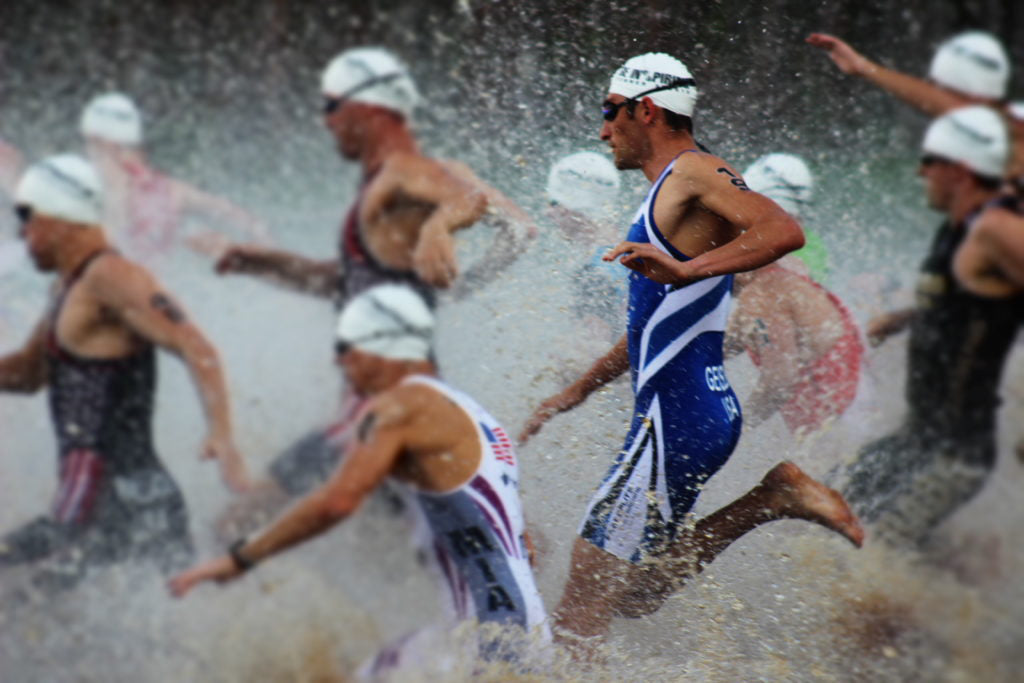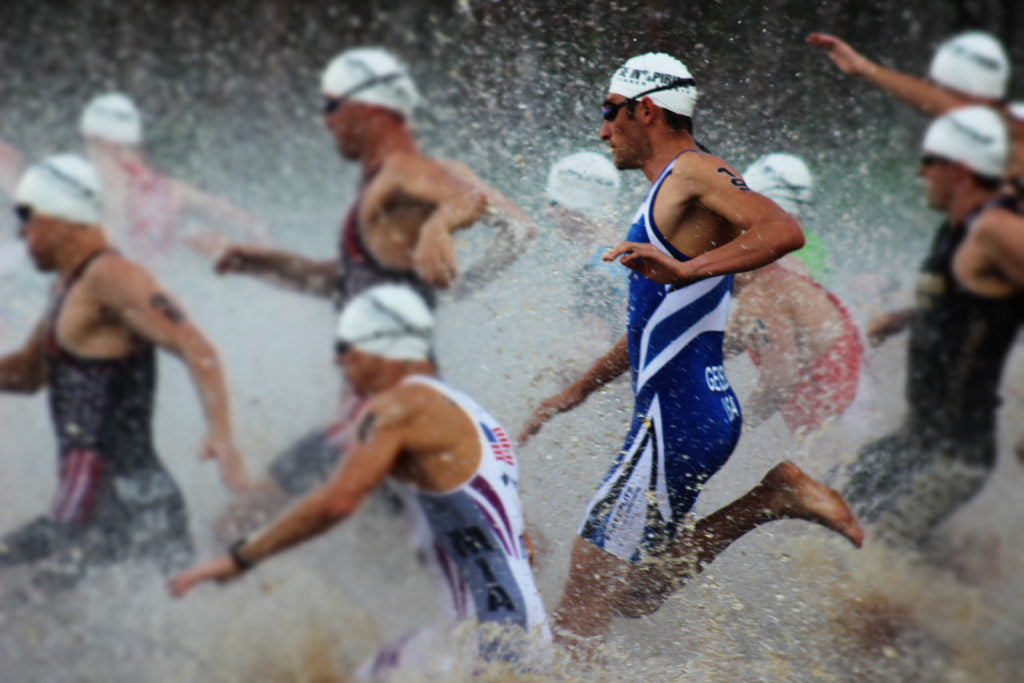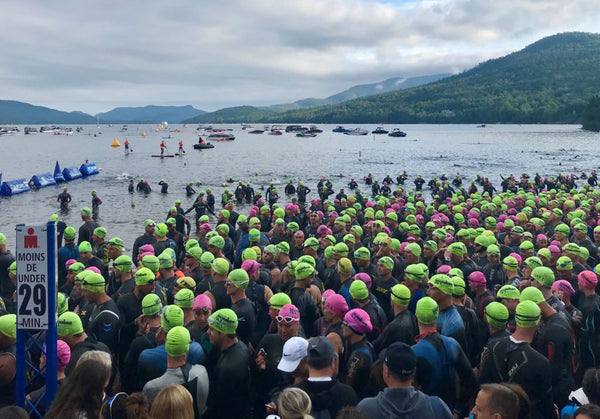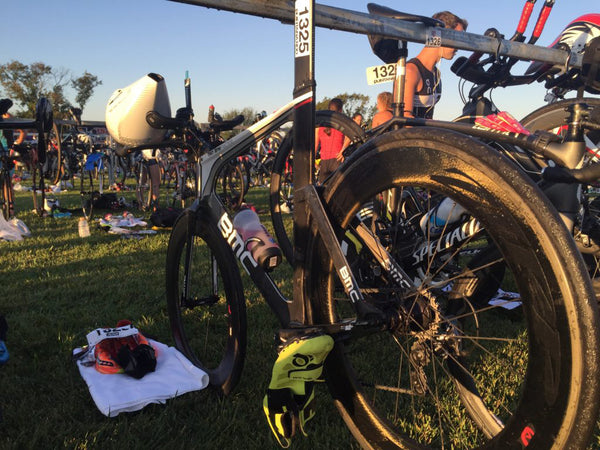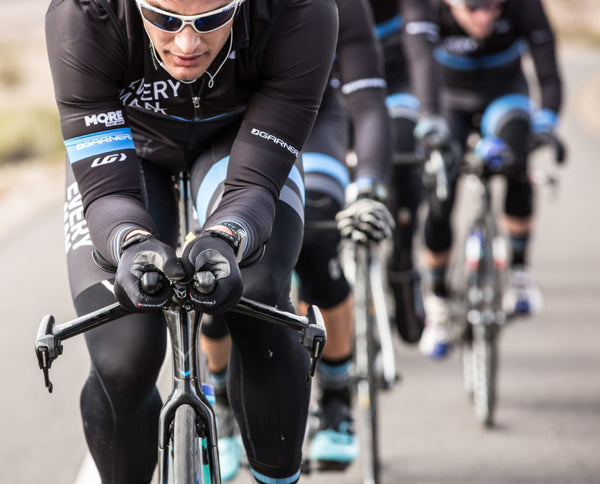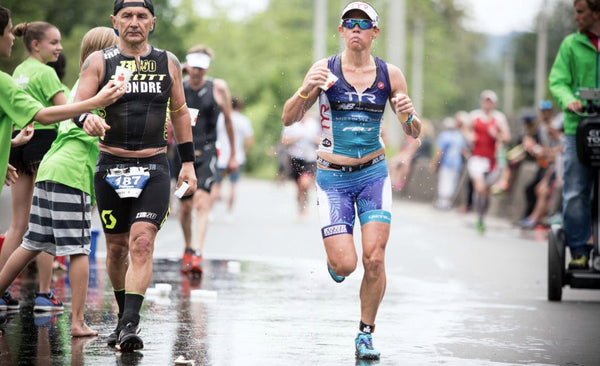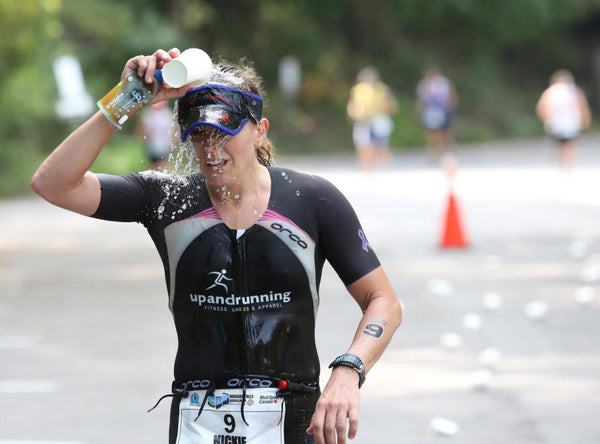SEVEN TIPS FOR YOUR NEXT TRIATHLON
It’s triathlon championship season, and with the IRONMAN World Championship in Kona right around the corner, we figured it’s a good time to talk tri-tips. (For those of you racing in Kona, congratulations! We hope you have your post-race beach recovery session planned.)
With three disciplines and two transitions, the triathlon offers a lot of opportunities to gain or lose time. We hope these seven practical triathlon tips will help you maximize your training and talent by overcoming some common challenges faced by triathletes of all levels. Whether you’re racing Kona or testing the waters in your first Olympic triathlon, these simple tips will pay dividends during your next race.
PROBLEM: WHAT IF I’M NOT ALLOWED TO WARM UP IN THE WATER BEFORE THE SWIM?
SOULTION: Most triathlons start early in the morning and require athletes to gather at the start line well before race time. If you can’t swim before, go for an easy jog or activate your muscles by doing dynamic stretches in the sand before the start of your wave. The goal of a warm up is to simply increase your heart rate and warm your muscles so your body is ready to go when the race starts.
TIP: Carry a resistance band in your bag. You can fasten it to a tree or fence and practice or mimic your swim stroke before the start.
PROBLEM: I STRUGGLE TO STAY ON COURSE IN THE WATER. WHAT SHOULD I DO?
SOLUTION: Sighting. It seems like a simple triathlon swimming tip, yet it can be difficult to master. Taking a few seconds to see where you’re headed will save you minutes in the water. Some triathletes will sight every 3-5 strokes, especially when the water is super rough.
TIP: Practice in the pool. Even if your pool is only 25 meters, practice sticking your head up to take a peek about halfway. Spend a 500 sighting halfway during every 25. You’ll be tired, but practicing this triathlon swimming technique will help on race day.
PROBLEM: I ALWAYS FALL BEHIND ON TRANSITIONS. ANY ADVICE?
SOLUTION: It’s an overwhelming sport to begin with, and remembering what to wear and grab for each discipline can be tough in the moment. Consider making a list of what you’ll need for each leg — it might sound silly, but making a list will help you remember when the pressure is on. Also, using a mat or towel to lay things out in an organized fashion will make it easy to find what you need next.
TIP: While you might think every second counts, running out of T2 with your helmet still on your head won’t help your case. When you’re ready to go, one of the most important triathlon transition tips is to simply pause to gather your thoughts before bolting out of the transition… you’ll be glad you did.
PROBLEM: I ALWAYS FADE ON THE BIKE, EVEN WHEN I DON’T GO OUT TOO FAST
SOLUTION: Your bike has gears, so make sure to use them. A lot of people only use gears when riding uphill, but adjusting gears during flat and downhill sections will help you ride as efficiently as possible. Shift gears to combat factors such as wind, rain, fatigue and even mounting. Mixing it up on the bike will help you save energy for the rest of the race.
TIPS: Pay attention to your cadence. When you’re in a gear that’s too big, you’re wasting precious energy. An effective triathlon bike training tip is to do a quick cadence check on a flat road by counting how many times your right knee comes up over 30 seconds. Multiply that by two. Aim for 85–95 RPMs (revolutions per minute), regardless of terrain. (A simple cycling computer can help with this, too!)
PROBLEM: I BONK HARD ON THE RUN AND GET MAJORLY FATIGUED HALFWAY THROUGH
SOLUTION: If this happens to you, there’s a good chance you’re not getting in enough fluids and carbohydrates while racing. Your glycogen stores will be depleted after the swim and bike, so it is crucial to get in enough fluids and carbohydrates during the back half of the run. Athletes usually don’t experience this level of fatigue during training because, let’s face it, your training days might not be as long or intense as your actual race. However, preparing your body with the fuel it needs at this point in the race is imperative.
TIP: Practice. Practice. Practice. Depending on the race distance, try running with a fuel belt or handheld bottle so that you don’t have to wait for next aid station. Our other triathlon nutrition advice is to carrying an extra packet of drink mix (like Roctane Energy Drink Mix) with you can be helpful so you can take it exactly when you need it.
PROBLEM: I’M WORRIED I’M OVERTRAINING FOR MY RACE
SOLUTION: Your triathlon training plan needs to account for all aspects of your life, beyond just your workouts. Work life, family, social obligations and recovery all add up in your training, so make sure you’re not spreading yourself too thin by saying yes to too many extracurriculars.
TIPS: Focus on things that foster showing up to each workout ready and as energetic as possible, such as healthy and consistent habits. It’s crucial not to ignore things like sleep and nutrition, so pay attention to how your body is feeling and make adjustments if you feel like you are burning out.
PROBLEM: I’M A BIG BALL OF NERVES BEFORE I RACE
SOLUTION: Being nervous is good, and it’s okay! It means you care. But sometimes nerves can mean you’re not trusting or confident, and as we all know, our thoughts can become things! Spend all those hours in training reminding yourself that you can do this and there’s a reason you’re doing it! Trust your training.
TIPS: Map/prepare/familiarize. Make sure you take time to plan out all your logistics, including housing, food, transportation, the course, registration times, start times, etc. You should feel like you’re on autopilot for the days leading up to the race. After all, energy spent stressing is energy you can’t use to perform. Take a few moments each day to acknowledge how far you’ve come. Look at your training logs and milestones from your completed training—it can come as a nice surprise to see how many hours/miles you’ve covered. Often nerves are a result of feeling under-prepared, but the hard proof can help reassure you that you’re up to the task ahead.
A FEW FINAL NOTES
Part of the beauty of triathlons is that everyone has a different set of strengths and weaknesses. By identifying your own areas of improvement, you can find ways to refine your skill set and become a more well-rounded triathlete. It takes ability in three sports to excel in the triathlon, so make sure to practice accordingly and remember these triathlon tips. Sight during the swim, stay calm during transitions, use your bike gears, and make sure to stay fueled during the run. But, above all, train hard (and smart), be confident in your training, and have fun!

